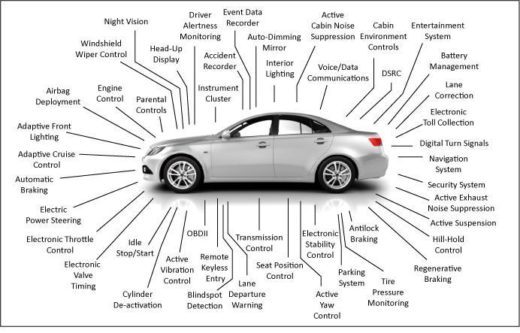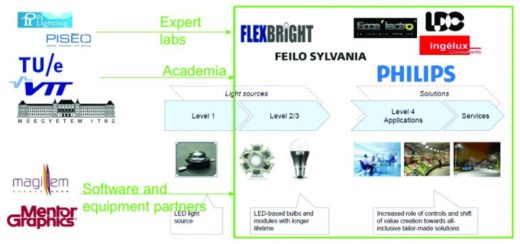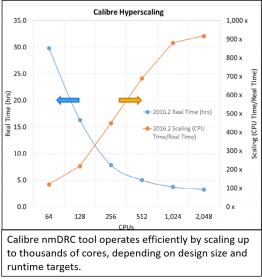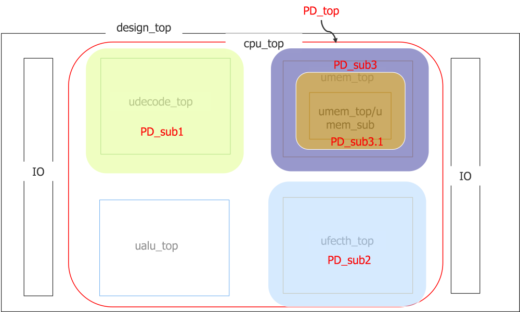Top Articles: System of Systems, LEDs, Cost of Process Node Migration, UPF, and IIoT
- Today’s Complex ‘System of Systems’ Driving Need for Sophisticated Tools, Detailed Modeling, Data Continuity
- From Measurements to Standardized Multi-Domain Compact Models of Light Emitting Diodes (LED)
- Whitepaper : The True Costs of Process Node Migration
- UPF Power Domains and Boundaries
- The IIoT in a Nutshell
Today’s Complex ‘System of Systems’ Driving Need for Sophisticated Tools, Detailed Modeling, Data Continuity
EE World Online
 Today’s advanced vehicles can have well over one hundred embedded microprocessor and other smart interfaces plus several internal wired networks. Designing these ‘system of systems’ requires new tools and modeling technology. These tools must encompass all aspects of the system-of-systems landscape: from concept to design, through validation, and even into manufacturing. This data continuity enables engineers to be more innovative earlier in the cycle, where the competitive edge lies.
Today’s advanced vehicles can have well over one hundred embedded microprocessor and other smart interfaces plus several internal wired networks. Designing these ‘system of systems’ requires new tools and modeling technology. These tools must encompass all aspects of the system-of-systems landscape: from concept to design, through validation, and even into manufacturing. This data continuity enables engineers to be more innovative earlier in the cycle, where the competitive edge lies.
From Measurements to Standardized Multi-Domain Compact Models of Light Emitting Diodes (LED)
Electronics Cooling
 Today’s LED technology is changing the ecosystem of the lighting industry. Delphi4LED, a European Union consortium, is providing the EU LED lighting industry with a set of tools and standards to enable the design and production of more reliable, cost effective, and market-leading LED-based lighting solutions.
Today’s LED technology is changing the ecosystem of the lighting industry. Delphi4LED, a European Union consortium, is providing the EU LED lighting industry with a set of tools and standards to enable the design and production of more reliable, cost effective, and market-leading LED-based lighting solutions.
Whitepaper : The True Costs of Process Node Migration
SemiWiki
 Moving to a more advanced node comes with many hidden costs that are often overlooked. The good news for designers is that the EDA providers like Mentor continue to improve their tool capabilities and performance while making it economically feasible to add capabilities as you go.
Moving to a more advanced node comes with many hidden costs that are often overlooked. The good news for designers is that the EDA providers like Mentor continue to improve their tool capabilities and performance while making it economically feasible to add capabilities as you go.
UPF Power Domains and Boundaries
Semiconductor Engineering
 The Universal Power Format (UPF) is the power management methodology that facilitates the adoption of different power dissipation reduction techniques and allows the formalization of modeling and mapping of the power specification onto a design. This article aims to help readers understand the fundamental parts of UPF constructions and features an example design.
The Universal Power Format (UPF) is the power management methodology that facilitates the adoption of different power dissipation reduction techniques and allows the formalization of modeling and mapping of the power specification onto a design. This article aims to help readers understand the fundamental parts of UPF constructions and features an example design.
The IIoT in a Nutshell
Engineering.com
 The Industrial Internet of Things (IIoT) allows machines, automation, and other assets throughout a factory to be connected, and ultimately maximize scale and digital intelligence. IIoT experts from Honeywell, Sandvik Coromant, and Symantec discuss data collection/analysis, security, hacking, “Big Brother” mentality, and more.
The Industrial Internet of Things (IIoT) allows machines, automation, and other assets throughout a factory to be connected, and ultimately maximize scale and digital intelligence. IIoT experts from Honeywell, Sandvik Coromant, and Symantec discuss data collection/analysis, security, hacking, “Big Brother” mentality, and more.
Comments
Leave a Reply
You must be logged in to post a comment.
Hello sir,I have been using FLOEFD software for my LED thermal simulation where i tried to use RC ladder method for LED input but it seems to be difficult to find all the input values to feed into the RC ladder method so i went to try with Two resistor model in which there are two input values to be given for thermal resistance one is Junction to solder resistance which i can easily take it from LED data sheet and another one is junction to top Resistance which i am struggling to get the value from both in theoretically as well in LED datasheet so i would like to know that Does it really matter to provide junction to top resistance value in two resister model ?since i provide only the value of junction to bottom resistance which is mentioned in data sheet as junction to solder temp and run the simulation but i found something strange Temp result values which was too high so i just run my simulation through Volume source method despite of having LED Module in FLOEFD software .Could you please guide me that how to set the thermal resistance value in two resistor model as well RC ladder model ?
I am waiting for you speedy response since i have many projects to submit the thermal result for our Lighting products.Thanking you….
Sathish Navarathinaraj